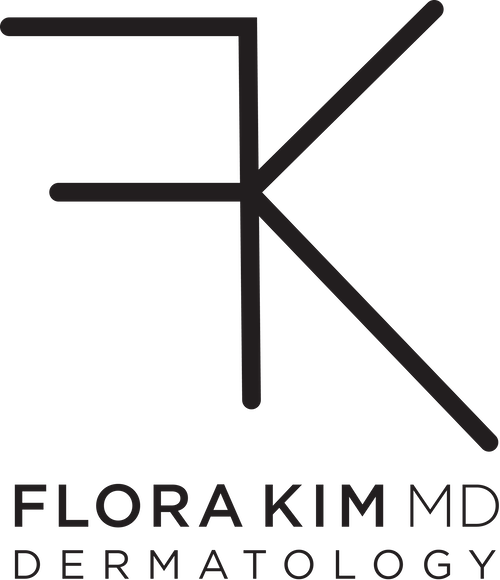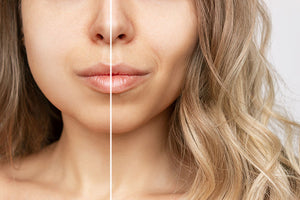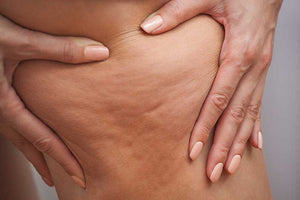How Botox Can Help with Teeth Grinding, Migraines and Excessive Sweating

Can Botox help with teeth grinding?
Absolutely. A neuromodulator (such as Botox, Jeuveau, Dysport, Xeomin) is strategically injected into the belly of your masseter muscles (located on the sides of your cheeks) to help alleviate the uncomfortable and painful tension that nightly grinding creates.
How long does Botox for teeth grinding last?
It depends on the individual as there is variability in the degree of usage of the masseter muscles and the baseline size of the masseters. Once adequately controlled, the duration of relief per injection session can be 3-6 months.
How often do you need Botox for teeth grinding?
Again, this will truly vary based on the individual. For first time patients, it is possible that the first two sessions may be closer together (depending on the severity, one may need to be reinjected in 4-8 weeks) to jumpstart and frontload relief of this strong muscle. However, most individuals will transition to maintenance sessions 3-6 months.
Does Botox in the masseter hurt?
Not at all! Having said that, pain is always a personal experience - however the discomfort is no different than Botox or any other neuromodulator injected in other areas of the face or neck. Oftentimes, patients can feel immediate relief similar to how dry needling can help relieve tension in an overly tense muscle.
Topical numbing can always be applied to minimize any injection discomfort.
Can Botox in the masseter slim your face?
Yes! In fact, it is commonly injected specifically to slim an overly wide or square face. It is important to understand that this slimming takes several sessions and time (6 months plus) because the muscle needs to gradually atrophy over time. But the patience pays off, without need for surgery.
How many units do you need to treat masseters?
Because it is a large powerful muscle, it requires a lot of units - 20 to 50 units total for both sides is a realistic range. Your unit requirement will likely decrease over time.
Does Botox really help migraines?
Absolutely. Botox or any of the other neuromodulators such as Jeuveau, Dysport, or Xeomin, work by softening the intensity of the contraction of a muscle, and thus where migraines exacerbated or caused by muscle tension gain much relief.
Where is it injected?
Anywhere the tension or migraine is present.
What is the success rate of Botox for migraines?
Extremely high. Many patients utilize these injections to help decrease dependence on oral migraine prescription medications.
How much does Botox for migraines cost?
This is hard to answer because it will depend on where you hold your tension. It is likely that the tension is held on a large muscle however and thus the units needed will likely be on the higher side - perhaps 20 to 50+.
What is hyperhidrosis (excessive sweating)?
Hyperhydrosis is excessive sweating. It can occur in many areas, most commonly the underarm, palms, soles, forehead, scalp, etc.
Can Botox treat excessive sweating?
Absolutely!
If so in what areas?
Most commonly treated areas are underarms, palms, soles, and forehead/scalp. But wherever you are experiencing excessive sweating, come speak with us and let us together assess if a neuromodulator like Botox could help relieve your symptoms.
How often do you need Botox for excessive sweating?
Fortunately, neuromodulator injections with Botox or other brands lasts longer than when injected to soften lines or wrinkles. Most people get 6-9 months of decreased sweating, but of course there is variability based on each individual and lifestyle.
How much does it cost?
The average underarm requires around 50 - 100 units.
Palms and soles will vary quite a bit but around 50 units total is quite common.
The number of units required will be directly correlated with the surface area of the area that needs to be treated.
To find out if you are a good candidate please call our practice at 214.521.1900 to book an appointment with Dr. Kim.



